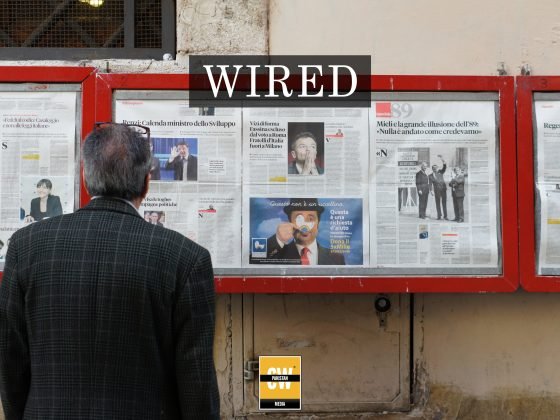Women’s participation in the economy, particularly in technology and digital spaces, remains a critical issue in Pakistan, with alarmingly low engagement rates. A recent report by PTA highlighted the stark reality of the digital gender divide in the country. The findings revealed a troubling landscape of inequality, echoing global trends and emphasizing the need for immediate action.
Globally, the digital gender divide has been a persistent challenge. The Organisation for Economic Co-operation and Development (OECD), in its report Bridging the Digital Gender Divide, noted that there are approximately 327 million fewer women than men with access to smartphones and mobile Internet. Locally, the situation is equally concerning.
In Pakistan, the growth in internet usage is undeniable. Between 2021 and 2022, internet users increased by 22 million—a rise of 35.9 percent—yet overall internet penetration still remains below 40 percent, according to a United Nations Development Programme (UNDP) blog. Despite this expansion, women’s participation in digital spaces remains disproportionately low. The PTA’s annual report explicitly states that women’s involvement in technology and digital domains is “alarmingly low,” placing Pakistan among the countries with the least gender parity and digital inclusion.
Citing multiple sources, including the Global Gender Gap Report 2024, the Mobile Connectivity Index 2023, and the Inclusive Internet Index, PTA report highlighted “significant gaps in female education, mobile ownership, and internet usage.” These disparities underscore the urgency to bridge the digital divide and ensure equitable access to technology.
Key barriers identified in the report include limited digital literacy, restricted access to financial services such as bank accounts, the lack of national identity cards (CNICs) for nearly 25 percent of adult women, high costs of devices and broadband, scarcity of locally relevant content, safety concerns, and pervasive patriarchal controls.
The report also provided a snapshot of women’s engagement with social media platforms. Out of the 60.4 million Facebook users in Pakistan, only 23 percent are women. On YouTube, where Pakistan boasts 71.7 million users, just 28 percent are women. Similarly, women represent only 22 percent of TikTok’s 54.4 million users and 36 percent of Instagram’s 17.3 million users.
In response to these challenges, PTA announced the development of the Digital Gender Inclusion Strategy under the Ministry of Information Technology and Telecommunications. The strategy, supported by UNESCO Pakistan, aims to tackle the barriers preventing women from accessing mobile technologies and digital platforms. The strategy sets forth an “accelerated action plan” that includes an implementation roadmap, timelines, and measurable outcomes to monitor progress.
PTA’s findings highlight the need for systemic change to address the digital gender divide in Pakistan. By creating inclusive policies, enhancing digital literacy, and addressing structural barriers, there is hope for a more equitable digital future. However, the report serves as a stark reminder that without concerted efforts, millions of women in Pakistan will continue to be left behind in an increasingly digital world.









